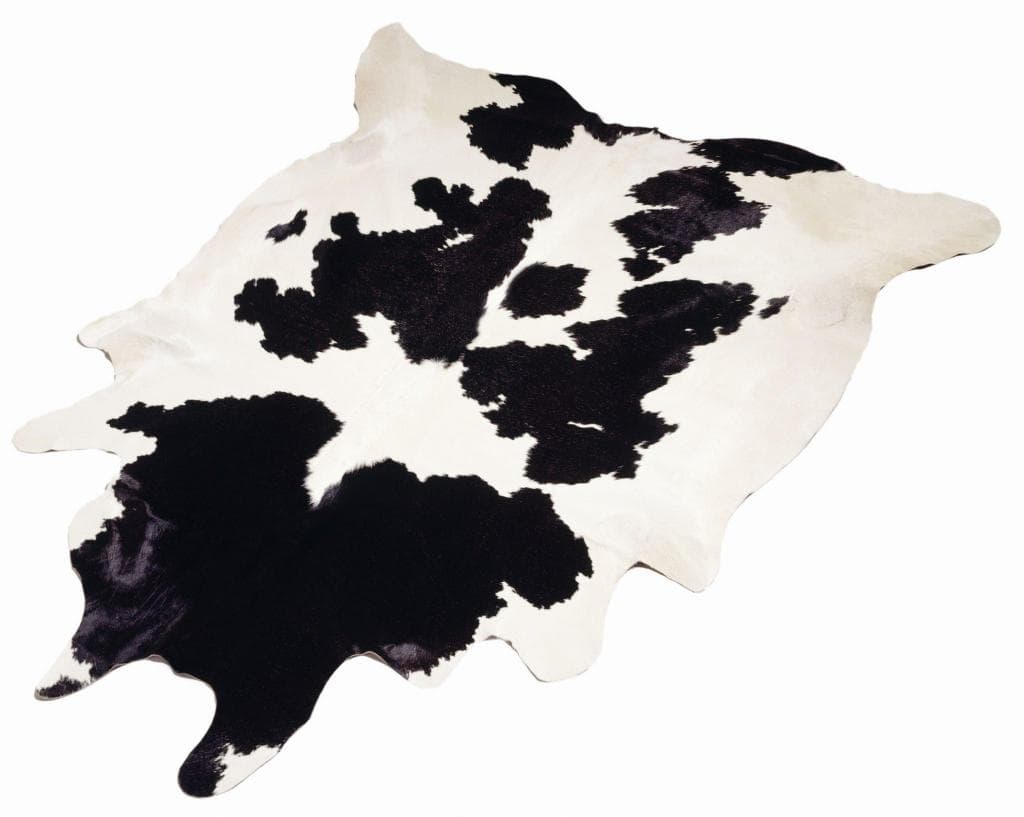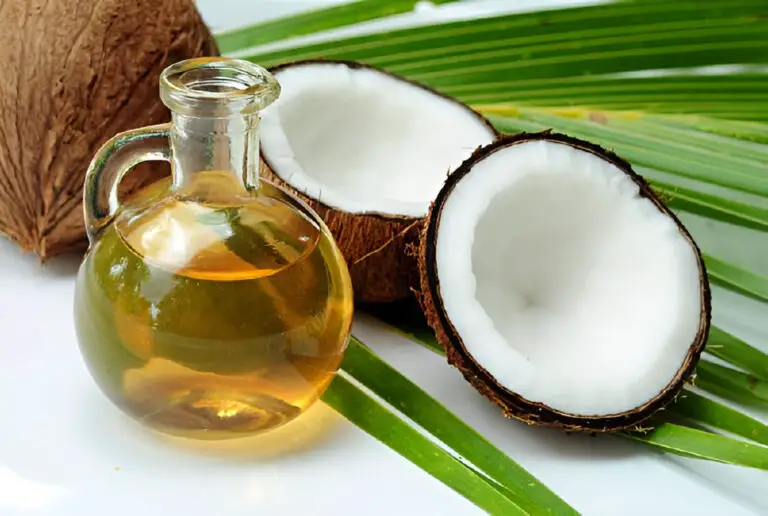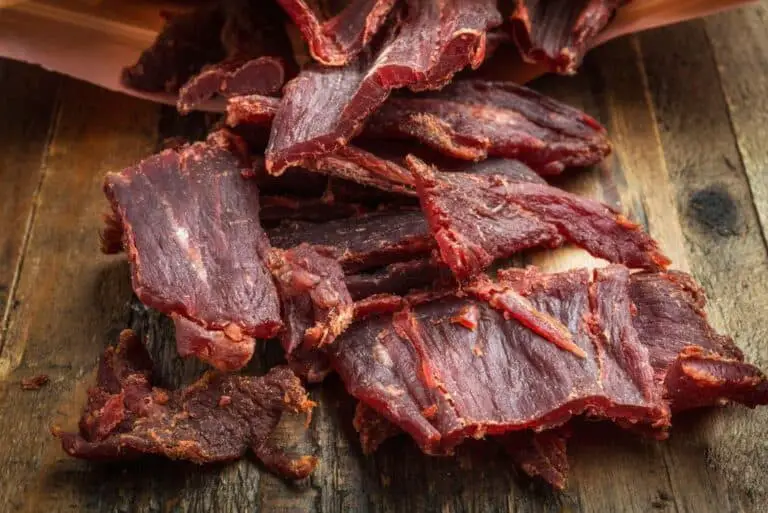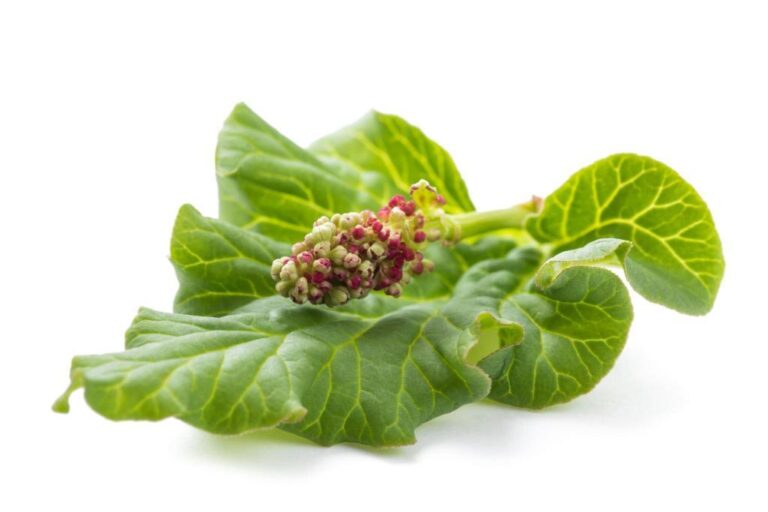Can You Eat Cow Skin? Is Cow’s Leather Edible and Safe to Eat?

In a world of food exploration, where new ingredients and risky dishes are always catching our attention, there is one question that is a bit out of the ordinary: Can you actually eat cow skin? Yes, that very material that transforms into the sleek leather of jackets, belts, and boots
It is an interesting thought that makes the adventurous want to know more. But let’s pause for a moment and dive beneath the surface—beyond the sleek finish of leather—to unravel the truth. Can cow’s leather, after its journey from bovine hide to fashion staple, find its place on our plates?
Let us go on an adventure to find out the truth about eating cow skin by looking at its nutritional value, safety concerns, historical importance, and modern uses in cooking.
Introduction to Cow Skin and Leather Consumption
Cow skin, often referred to as “beef hide” or “cowhide,” may initially seem unconventional on the dining table, but its culinary significance spans across diverse cultures and cuisines throughout history. To truly appreciate the consumption of cow skin, it’s essential to explore its various uses and its role in showcasing the resourcefulness of different societies.
- Cultural Significance: In some cultures, cow’s skin has long been a dietary staple. For instance, in West African cuisine, it plays a central role in dishes like “suya” or “nkwobi.” The skin is prized for its chewy texture, which adds a unique dimension to the meal. Similarly, in Latin American cuisine, cow skin, known as “cecina,” is often dried and seasoned to create a flavorful snack.
- Resourceful Utilization: The consumption of cow skin highlights the age-old practice of utilizing every part of the animal to minimize waste. Cowhide can be processed into leather for various purposes, from crafting durable goods like shoes and belts to upholstery and fashion. This dual-use approach not only respects the animal but also exemplifies the resourcefulness of societies in making the most of available resources.
- Modern Adaptations: In contemporary culinary scenes, chefs and food enthusiasts are rediscovering the culinary potential of cow skin. It is used in various forms, such as crispy snacks, gelatinous broths, and even as a taco filling, adding a distinctive texture and flavor that appeals to adventurous palates.
Can You Eat Cow Skin?
Yes, cow skin is edible and is consumed in many parts of the world, including West Africa and Indonesia. Cow skin is high in collagen, a type of protein that is important for holding bones and skin tissues in place. However, cow skin needs to be processed through boiling, burning, or roasting to remove the hair from the skin and tenderize it before it can be consumed.
Cow skin is also cheap and is a source of livelihood for many people. While some academics contend that cow skin has a low nutritional value when compared to other meat protein sources, others hold that it has health advantages such as revitalizing the skin, building muscle, improving skin elasticity, improving hair, and easing arthritis pain.
It is important to note that cow skin can be unhygienic due to the unclean environment in which the cow hides are extracted and prepared, and boiling may not kill all the bacteria. Additionally, some studies suggest that consuming cow skin (ponmo) may not have any nutritional value for human health and can cause medical conditions such as high blood pressure, heart disease, and stroke. Therefore, it is important to consume cow skin in moderation and ensure that it is properly processed and cooked before consumption.
While cow’s leather might seem similar to other edible animal hides like pork rinds or even fish skin, it’s important to note that some cow’s leather is going through the tanning process. It significantly alters the chemical composition of the hide. Tanning involves the use of chemicals like chromium salts, which are not meant for consumption. These chemicals render the leather non-edible and potentially harmful if ingested.
| Can You Eat Cow’s Leather? | Verdict |
| Before Tanning | No |
| After Tanning | No |
Challenges and Safety Concerns of Eating Cow’s Skin
As with any unconventional food source, consuming cow skin comes with certain challenges and safety concerns. Raw or improperly processed cow skin may carry health risks, including bacterial contamination. Additionally, leather tanning involves the use of various chemicals to preserve the skin, which might render it unsuitable for consumption. The potential presence of these chemicals raises red flags about the safety of eating cow skin that has undergone leather processing.
1. Bacterial Contamination
One of the primary challenges associated with consuming cow skin lies in the risk of bacterial contamination. Raw or inadequately processed cow skin can harbor harmful bacteria, such as E. coli or Salmonella, which pose health risks when ingested. Proper cooking techniques are crucial to mitigate this risk and ensure the safety of the dish.
2. Chemicals from Leather Tanning
The leather production process involves the use of various chemicals to preserve and transform the cow’s skin into leather. These chemicals may include tanning agents like chromium, formaldehyde, and other potentially toxic substances. When cow skin is intended for leather production, it undergoes a treatment that might render it unsuitable for human consumption. The presence of these chemicals raises concerns about the safety of eating cow skin that has been through the leather processing pipeline.
3. Proper Preparation
To enjoy cow skin safely, it must be prepared correctly. Proper cooking methods, such as boiling, frying, or grilling, not only tenderize the tough, collagen-rich skin but also kill harmful bacteria that may be present. Adequate cleaning and sanitization of the cow’s skin before cooking are essential to ensuring food safety.
4. Cultural Variations
It’s important to acknowledge that the perception of cow skin as a food source varies across cultures. While some cuisines have incorporated cow skin into their culinary traditions, others may find the idea unusual or unappetizing. Cultural differences can influence the level of acceptance and popularity of cow skin as a food item.
Modern Culinary Applications
In the contemporary culinary landscape, cow skin has transitioned from traditional cuisines to innovative dishes that appeal to diverse palates. Chefs worldwide are experimenting with cow skin, transforming it into delectable creations.
From crispy snacks to hearty stews, cow skin’s unique texture adds a distinct dimension to modern dishes. However, the process of making cow skin safe and edible requires careful preparation, often involving techniques such as boiling, braising, or frying.
With a newfound understanding of the potential edibility of cow skin and its historical significance, we delve deeper into the intricacies of this topic in the second part of this article. Join us as we explore the nutritional value of cow skin, address safety concerns related to leather processing, and shed light on the legal and ethical considerations surrounding its consumption.
Related: Can You Eat Tilapia Skin and Bones?
Exploring Alternative Options of Eating Cow’s Skin
While cow leather might not be a viable or safe option for consumption, there are other culinary alternatives worth considering. If you’re interested in exploring animal-based delicacies, there are plenty of safer and more appetizing choices out there. Some examples include:
- Pork Rinds: As mentioned earlier, these crispy snacks are made from pork skin and can be found in various flavors.
- Chicken Skin: Often enjoyed when well-cooked, chicken skin can be seasoned and grilled to achieve a delightful crunch.
- Fish Skin: Commonly used in sushi and other dishes, fish skin is often fried to create a crispy texture.
Conclusion
In conclusion, the question of whether cow skin is safe to consume and if leather can serve as a food source delves into a realm where history, culture, nutrition, and ethical considerations converge.
Our exploration has revealed that cow skin’s edibility is a multifaceted subject that transcends its mere nutritional composition. While there are genuine challenges and safety concerns, the culinary world continues to push boundaries, unveiling innovative applications for cow skin that stretch beyond convention.
The use of chemicals like chromium salts during the leather tanning process unequivocally renders tanned leather unsuitable for human consumption. Ingesting such chemically treated leather can pose significant health risks, making it imperative to avoid this uncharted culinary territory. Instead, if you’re seeking edible skin-based delicacies, it’s advisable to opt for tried-and-true alternatives such as pork rinds, chicken skin, or fish skin. These established choices not only offer delightful textures and flavors but also ensure your health and well-being by aligning with safe food practices.
Throughout history, various cultures have found traditional uses for animal hides in their culinary repertoire. However, when considering cowhide specifically, it’s essential to exercise caution due to the chemical processes involved in leather production. By making informed choices and prioritizing safety, we can appreciate the diverse world of cuisine while safeguarding our health.
FAQs on Culinary Uses and Safety of Eating of Cow Leather
Is it safe to eat cow skin?
Consuming cow skin can be safe if it’s properly processed and prepared. Ensuring that it’s cooked thoroughly and handled hygienically minimizes the risk of bacterial contamination.
How can cow skin be made edible?
Cow skin can be made edible through careful preparation. Cooking methods like boiling, braising, or frying can soften its texture and make it palatable.
Can leather tanning chemicals be removed to make cow leather edible?
While certain processing methods can reduce chemical content, the complete removal of tanning chemicals from leather might be challenging. This makes the choice of leather type and tanning method an important consideration for potential edibility.
Can you eat raw cow skin?
Eating raw cow skin is not recommended. Raw cow skin can contain harmful bacteria and parasites that pose health risks. Cooking or processing the skin is necessary to ensure safety.
How is cow skin made into leather?
Cow skin is transformed into leather through a process called tanning. Tanning involves treating the skin with chemicals to preserve and stabilize it. This process enhances the skin’s durability, texture, and color, making it suitable for various applications like fashion and upholstery.
What cuisines include dishes with cow skin?
Cow skin is featured in various cuisines worldwide. Dishes like “kakavia” in Greek cuisine, “birria” in Mexican cuisine, and “kulawo” in Ugandan cuisine incorporate cow skin. It’s often cooked to a tender texture and adds a unique element to the dish.
Are there health benefits to consuming cow skin?
While cow skin contains collagen and protein, the tanning process alters its composition. Consuming tanned leather isn’t recommended due to the chemicals used, which can be toxic. Instead, consider safer sources of protein and collagen in your diet.






